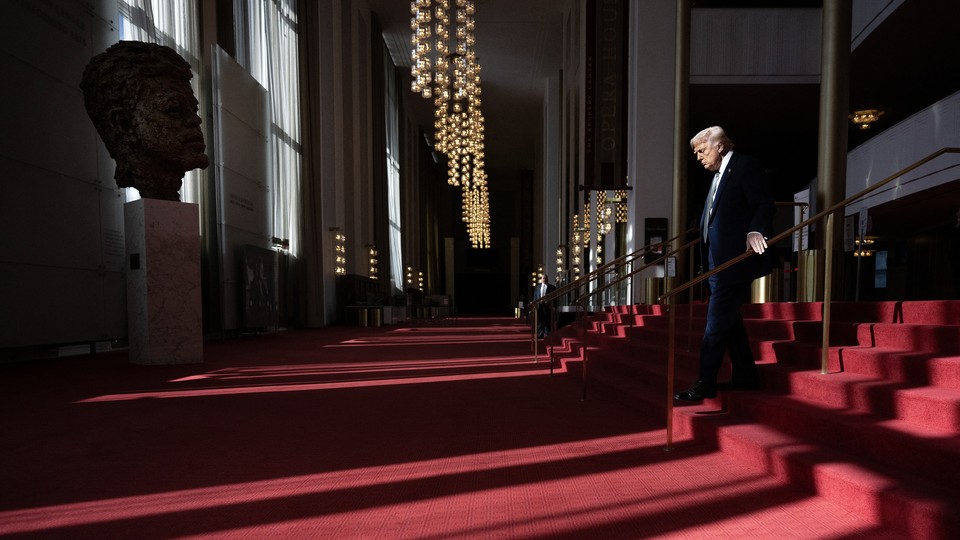The Kennedy Center’s New Era: Changes, Controversy, and Cultural Impact
The Kennedy Center has stood as a beacon of American arts and culture for decades. With recent changes in its leadership and a renewed focus from political figures, this iconic institution finds itself at the center of public conversation. In this article, we dive into what’s happening at the Kennedy Center, how its transformation may shape the nation's cultural landscape, and the debates surrounding its future.

The Kennedy Center’s Rapid Transformation
Since early 2025, the Kennedy Center has undergone significant changes. President Donald Trump, after resuming office, took a highly active role. He replaced many board members and became the chairman himself. According to The Atlantic, Trump aims to revitalize the institution—and has even organized high-profile fundraisers.
His involvement has not come without controversy. Several artists, including Lin-Manuel Miranda, have withdrawn scheduled performances. Some cultural groups, such as the Gay Men’s Chorus of Washington, have also had events canceled. Despite these setbacks, Trump and his appointed team argue that the Kennedy Center will return to its former greatness.
Fundraising and Leadership Changes
A central feature of the Kennedy Center’s new direction is its focus on fundraising. Upcoming events now offer sponsorships at levels as high as $2 million. VIP reception packages and exclusive photo opportunities are available for donors. According to ABC News, this strategy is part of a larger overhaul that includes changes to the management team and board of trustees.
Trump’s leadership choices have sparked a wave of reactions from the arts community. While some view the changes as necessary for financial stability, others believe it threatens the center’s mission. The debate continues as new shows and galas are planned under this revised vision.
Public and Artistic Community Reactions
The Kennedy Center’s evolution has received a mixed response. Supporters appreciate efforts to address alleged mismanagement and financial concerns. Critics argue that the current direction risks politicizing an institution meant for all Americans. The recent focus on performances like Les Misérables—a favorite of Trump—reflects this shift. Some believe it underscores the center’s changing identity.
Board meetings and public events have also seen reactions from the audience. For instance, Vice President J.D. Vance and his wife were booed during a recent symphony performance. Ongoing debates over canceled shows and new leadership styles continue to dominate headlines, as reported by The Daily Beast.
What Lies Ahead for the Kennedy Center?
As the Kennedy Center moves forward, questions remain about its funding and programming choices. Federal support is uncertain as new budgets are considered. Philanthropic donations now make up a significant part of the center’s operations. Audiences will watch closely to see whether the Kennedy Center can balance its storied legacy with the demands of new leadership and shifting cultural expectations.
The next chapter for the Kennedy Center promises to be pivotal. Whether these changes herald a renaissance or a period of turmoil will depend on its ability to unite artists, patrons, and the broader public under one roof dedicated to the performing arts.
For more perspectives on this evolving story, view in-depth coverage by The Atlantic and recent updates from ABC News.
The Kennedy Center remains at the heart of America’s cultural conversation. Its future, driven by new leadership and passionate public response, will shape the nation’s arts for years to come.